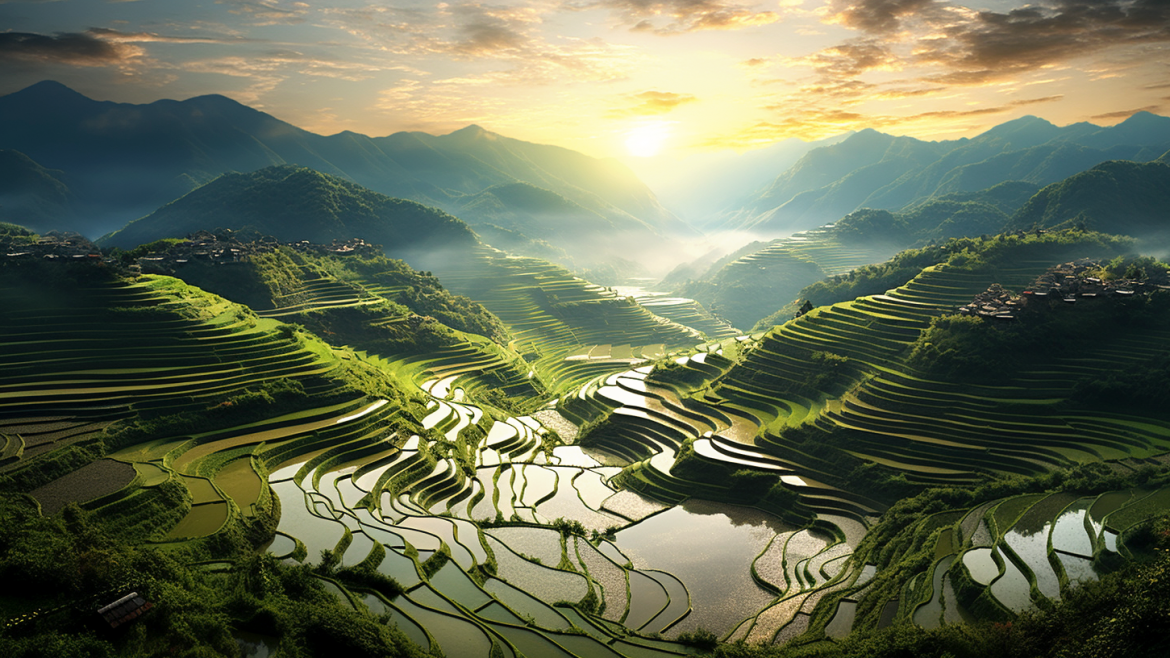Rice cultivation has been an integral part of ancient Chinese agriculture for thousands of years, playing a pivotal role in shaping the economy, society, and even the landscape of the country. As a staple food, rice provided the necessary sustenance for the burgeoning population of ancient China, allowing the civilization to flourish and prosper.
The origins of rice cultivation in China can be traced back to the Neolithic period, around 10,000 years ago. Over time, the ancient Chinese developed increasingly sophisticated techniques and tools to improve rice yields, adapt to varying environmental conditions, and respond to the diverse dietary needs of the population. The advent of rice cultivation had a profound impact on Chinese society, fostering the growth of social classes, shaping cultural practices, and influencing the nation’s philosophical outlook.
One of the most significant innovations in rice cultivation was the development of paddy fields, which enabled farmers to manage water levels and optimize growing conditions for rice plants. These meticulously constructed terraced fields, often carved into hillsides and mountain slopes, remain a testament to the ingenuity and perseverance of ancient Chinese farmers. The carefully managed water systems of these terraced fields not only provided essential irrigation for rice crops but also mitigated the risk of flooding and drought, ensuring a stable food supply for the population.
The ancient Chinese also developed specialized tools to aid in the cultivation of rice, such as the plow and the harrow. These innovations revolutionized farming practices, allowing for the more efficient and productive cultivation of rice. Additionally, the Chinese were among the first to practice crop rotation, a method that involved alternating the planting of different crops in the same field to maintain soil fertility and reduce pest infestations.
Rice was not only a crucial source of sustenance for the ancient Chinese but also held deep cultural and spiritual significance. The harvest season was marked by various rituals and ceremonies, such as offerings to the gods and ancestors, which emphasized the importance of rice in the daily lives of the people. The abundance of rice was often associated with prosperity and happiness, and it played a central role in religious and cultural practices.
Moreover, the cultivation of rice influenced the development of Chinese art and literature, as poets and painters drew inspiration from the stunning landscapes created by the terraced fields. These artists often depicted scenes of idyllic rural life, reflecting the harmonious relationship between humans and nature and the inherent beauty of the natural world.
In summary, the significance of rice cultivation in ancient China cannot be overstated, as it was the backbone of the nation’s agriculture and society. The innovations and techniques developed by the Chinese over the millennia continue to influence modern farming practices and contribute to the rich and diverse culinary heritage of the world. As we continue to explore the world of ancient Chinese gardening, we invite you to learn about the art of penjing in our next article, which delves into the fascinating history of this intricate and captivating horticultural practice.




